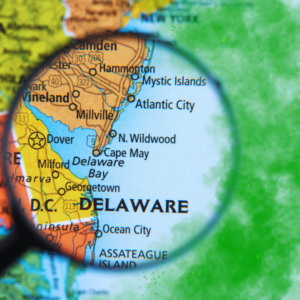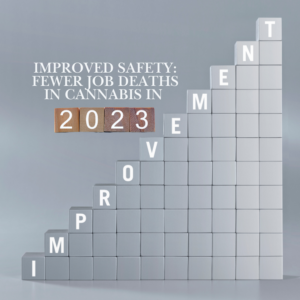US Cannabis Licenses Drop in Q3 Amid Emerging Market Growth

U.S. Cannabis Business Licenses See Continued Decline in 2024, Industry Faces Mixed Trends
The number of active cannabis business licenses across the United States has continued its downward trajectory through the third quarter of 2024. This decline, driven by reductions in mature markets, has outpaced gains in emerging markets and hints at challenges likely to extend into 2025.
Declining Numbers in Mature Markets
Active cannabis business licenses, which peaked at 44,300 in late 2022, have steadily decreased. By the third quarter of 2024, the total had fallen to approximately 38,600, representing a 1% drop from the previous quarter. Year-over-year, the industry saw a nearly 11% decrease in licenses compared to the same period in 2023.
Industry analysts point to an economic slowdown and regulatory adjustments in various states as the main factors behind the contraction.
In Oklahoma, a state once renowned for its generous licensing policies, active medical marijuana licenses have been slashed significantly. The number of licenses, which stood at 14,000 at the start of 2022, had dwindled to 6,078 by October 2024.
California, the world’s largest cannabis market, has also experienced a notable decline. After peaking at roughly 13,000 licenses in mid-2022, the state’s active licenses dropped by 4% in the third quarter of 2024, ending with 8,800.
Emerging Markets Show Growth
While established markets struggle, emerging regions have helped mitigate the overall downturn. Newly issued cannabis licenses increased by 9% in the third quarter compared to the previous quarter. A total of 2,211 licenses were granted during this period, with over 900 issued in August alone.
States like New York and Ohio were at the forefront of this growth. New York, which has ramped up its recreational marijuana market after a slow start, added 435 new licenses in the third quarter, marking a 64% increase from the previous quarter.
Ohio also contributed significantly, issuing a wave of new adult-use licenses that boosted market activity. Meanwhile, Oklahoma issued over 500 new licenses in the third quarter, primarily due to the renewal of cultivation permits under new license numbers.
Regional Highlights and Observations
Michigan: The state added more than 330 licenses in the third quarter, reflecting an 8% growth rate. Its strong performance has made it a rival to California in cannabis production and sales.
Connecticut, New Jersey, and Washington, D.C.: Each recorded double-digit percentage growth in active licenses, though their combined addition of 65 licenses had minimal impact on national totals.
Social Clubs: Licenses for marijuana social clubs, while still few in number, grew by 30% in the third quarter, nearly doubling since 2022.
Opportunities Amid Consolidation
Despite the consolidation of licenses, industry leaders remain optimistic about long-term prospects. Steve Kemmerling, CEO of CRB Monitor, sees the current adjustments as a precursor to a more sustainable and competitive market environment.
Emerging markets are expected to continue driving growth into 2025. New York alone has almost 930 pending or approved licenses ready to launch, suggesting that expansion in the state could offset losses elsewhere.
As the industry navigates economic pressures and regulatory changes, businesses are finding opportunities to adapt and evolve in a rapidly shifting landscape.
Stay informed about the latest cannabis industry developments with Cannabis Risk Manager.











